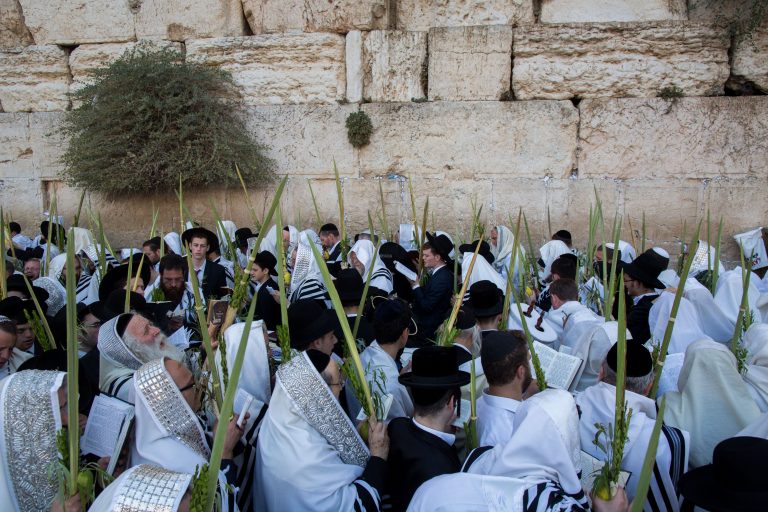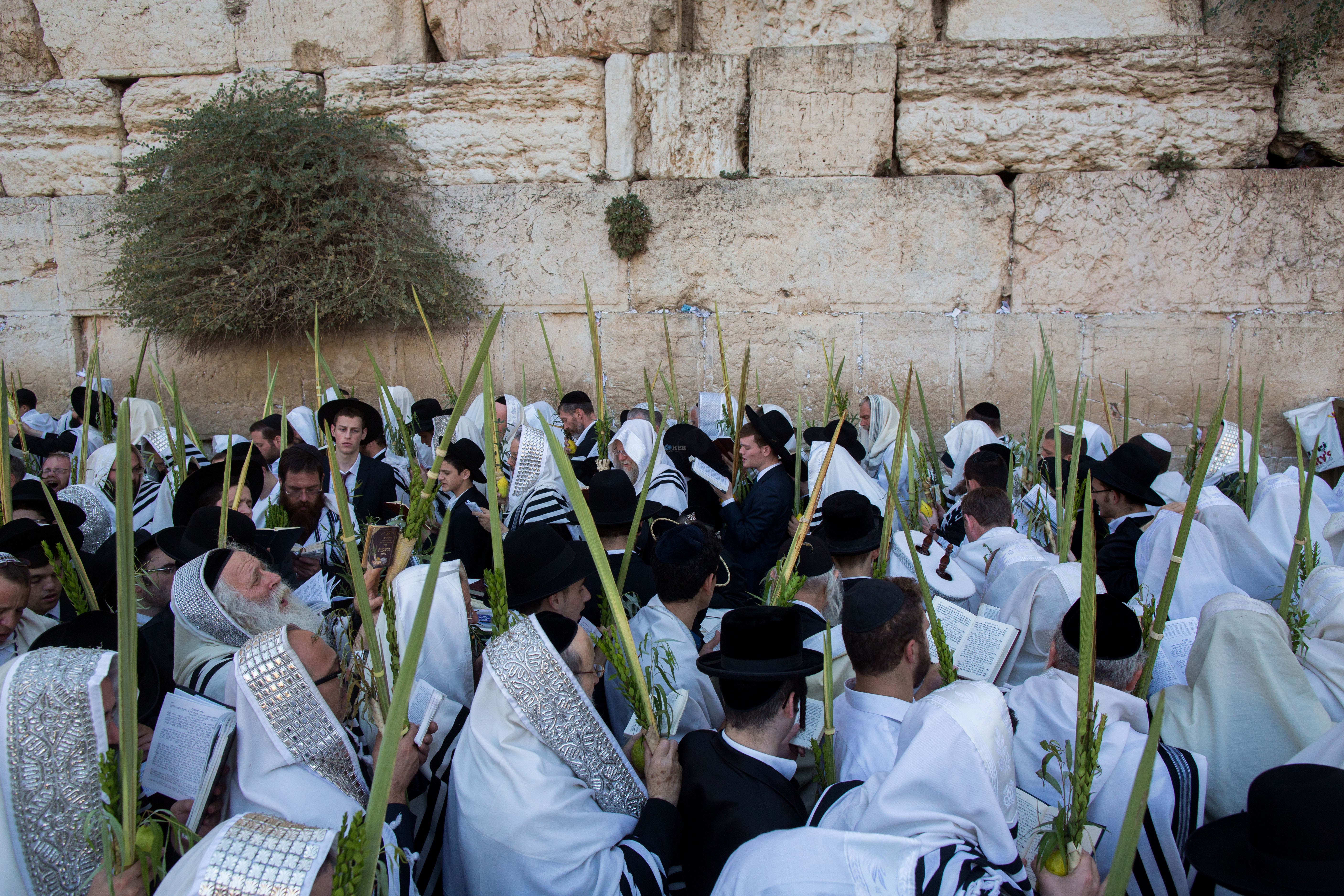Hoshana Rabbah is the seventh and last day of Sukkot, which is the day before Shmini Atzeres. Named for the fact that more hoshanot are said on this day than all the previous days of the festival. On Hoshana Rabbah the beating of the aravah, willow branch, is performed. Although Hoshana Rabbah was not accorded any different status by the Torah than the other days of Chol Hamoed, the Jewish people have observe many customs on this day and have invested it with a solemn character. For example, the white parochet, curtain on the ark, in shul remains up until after Hoshana Rabbah.
 In the morning services of Hoshana Rabbah, following Musaf (and some places after hallel) the hoshanot are said as written in the prayerbook, the congregation marches around the bima seven times, after which comes the beating of the aravah, willow branch. The aravot are beaten against the floor five times. No blessing is recited over the beating of the aravah since it was merely a custom.
In the morning services of Hoshana Rabbah, following Musaf (and some places after hallel) the hoshanot are said as written in the prayerbook, the congregation marches around the bima seven times, after which comes the beating of the aravah, willow branch. The aravot are beaten against the floor five times. No blessing is recited over the beating of the aravah since it was merely a custom.
Hoshana Rabbah is known as the day of the final sealing of judgment, which began on Rosh Hashanah. During the festival of Sukkot the world is judged for water and for the blessings of the fruit and crops. The seventh day of the festival is the final sealing and since human life depends on water, Hoshana Rabbah is somewhat similar to Yom Kippur. Hence there are additional prayers and quests for repentance as on Yom Kippur.

